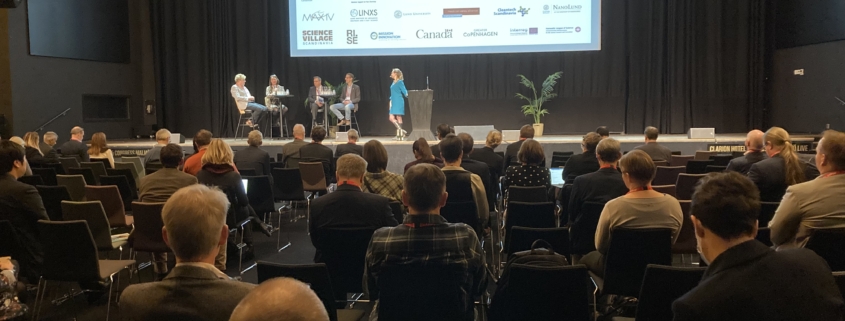Building bridges between Big Science and Industry
Delegates at a recent Big Science Summit in Malmö, Sweden, discussed how best to boost the economic impact of Europe’s research facilities.
How can Europe’s large-scale research facilities better engage with the industrial R&D community? That was the central question preoccupying delegates attending the Big Science Summit held in Malmö, Sweden, in November 2021, which featured talks and workshops within the broader TechConnect Europe Innovation Conference and
Expo. The summit brought together applied scientists and engineers working on emerging technologies with industry experts from Europe’s top-tier laboratories such as the European Spallation Source (ESS) in Lund, Sweden, the Institut Laue-Langevin (ILL) in Grenoble, France, and DESY in Hamburg, Germany.
One of the headline themes addressed at the meeting was how to lower the barriers so that small and medium-sized businesses, as well as established technology companies, see Europe’s large-scale research facilities as a natural extension of their own R&D and innovation efforts. “There’s work to do on both sides,” Dalia Yablon, senior adviser
and technical programme chair of the TechConnect conference, told Physics World. “The big science labs, for their part, need to reduce obsta-cles to access in terms of bureau-cracy, cost and the current low success rate for proposals received from industry.”
The industry perspective
While many speakers pushed for an “enhanced and shared understanding” between big science and industry, others noted that significant Building bridges between big science and industry progress is already being made. The Danish advanced materials company CTS Ceramics, for example, offered a case study in what’s called “upstream innovation”. Since 2014 it has been collaborating with the CERN particle-physics laboratory near Geneva to co-develop a custom line of piezoelectric actuators. “As a result of this innovation partner-ship, CTS is now a preferred supplier and selling its technology solution to CERN,” notes Nikolaj Zangenberg, work package leader for the
European Network for Research Infrastructures and Industry for Collaboration (ENRIITC) and innovation manager at the Danish Technological Institute.
Since its formation in January 2020, ENRIITC has emerged as something of an engine-room for collaboration between large-scale science facilities and industry. With nearly 400 network members – including more than 80 industry experts from Europe’s big science labs and the university research sector – ENRIITC’s goal is to accelerate the societal and economic impact of federal and pan-European research programmes. “Our members work together to map industry as a supplier and a user of Europe’s large-scale research infrastructures,” adds Anne-Charlotte Joubert, ENRIITC project co-ordinator and a grants officer at the ESS.
Read more here!






Leave a Reply
Want to join the discussion?Feel free to contribute!